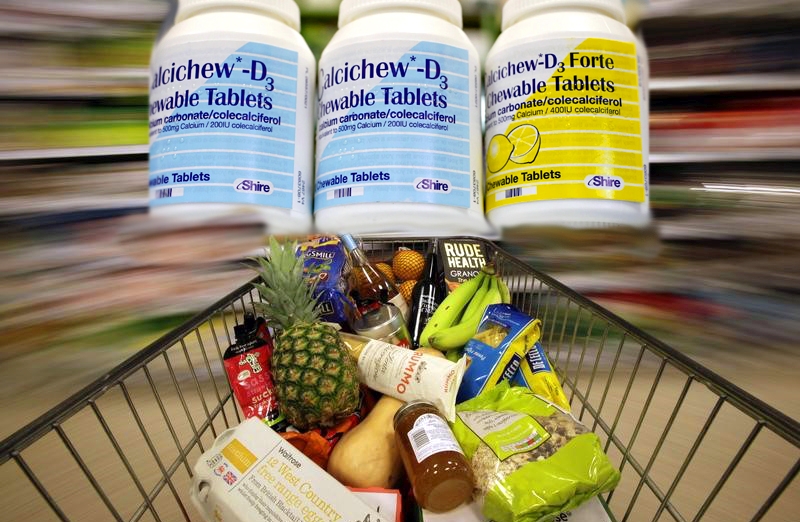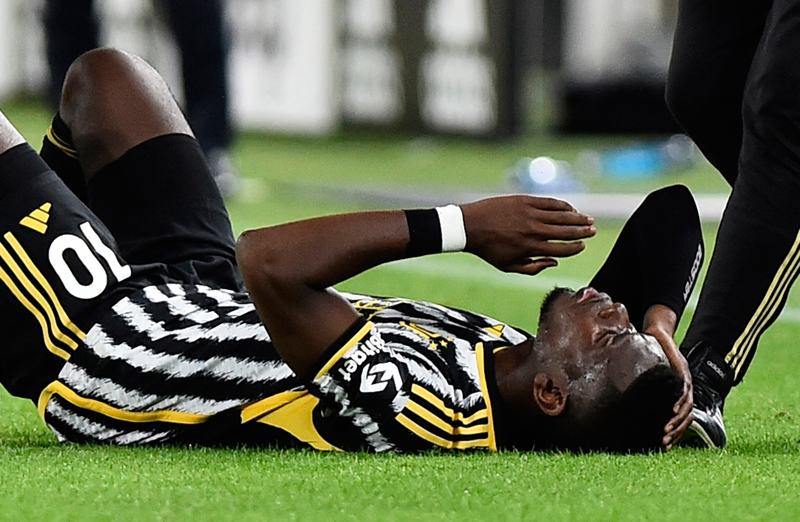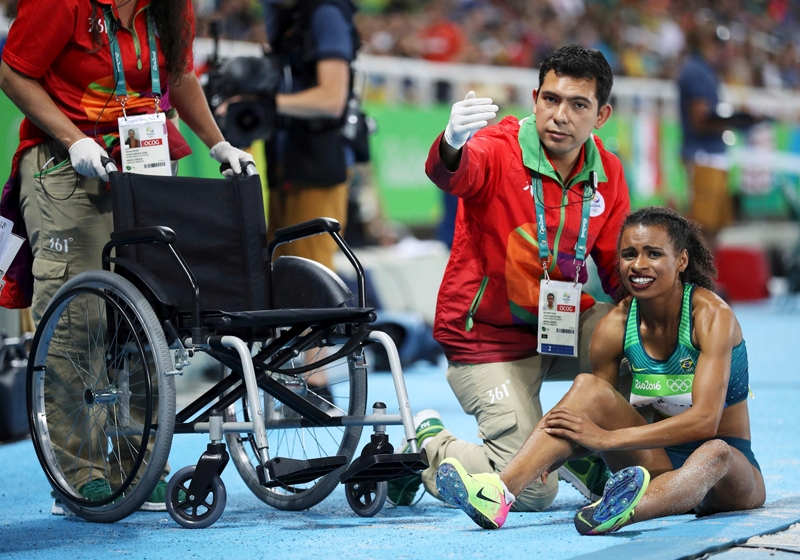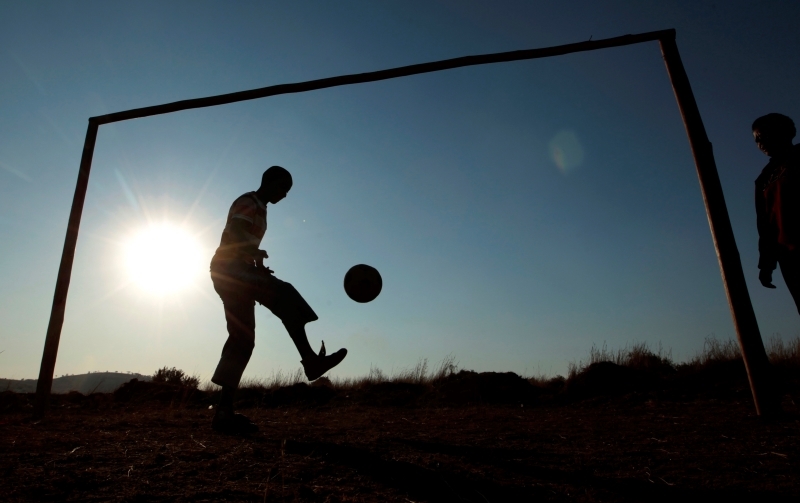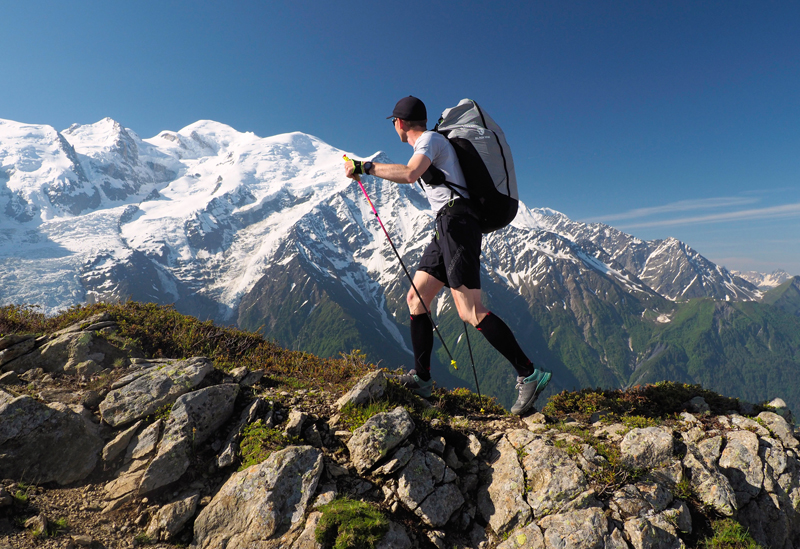You are viewing 1 of your 1 free articles. For unlimited access take a risk-free trial
The true performance price of COVID-19
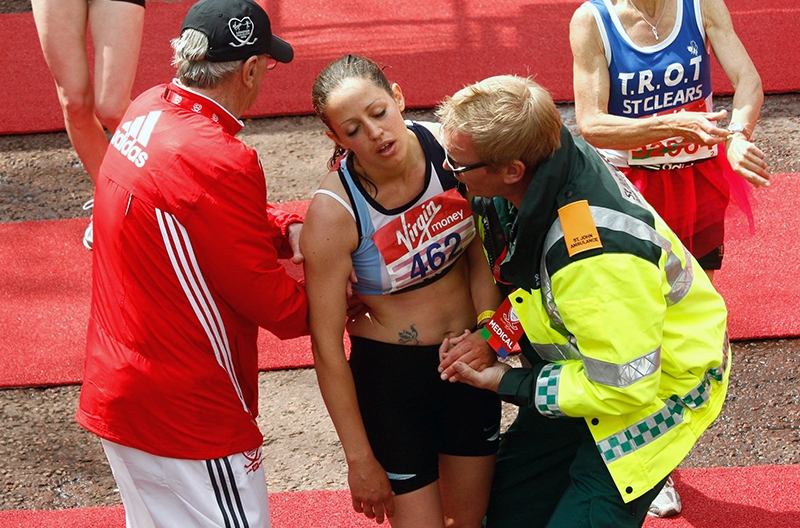
SPB looks at new research suggesting COVID-19 restrictions on training and competing could have significant implications for athletes going into 2021
For most athletes, the direct impact of Covid-19 on health and well being has thankfully been minimal. As the epidemiological data on the disease has steadily accumulated, it has become clear that the SarsCov2 virus is one that presents a significant risk primarily to the very elderly, especially those with significant co-morbidities(1). By contrast, younger, healthier adults are far less likely to suffer serious consequences. A recent review study concluded that people under the age of 65 face a very low small risk from of COVID-19 - even in pandemic epicentres - and that deaths for people under 65 years without underlying predisposing conditions are “remarkably uncommon”(2).Athletes and COVID-19
Given the fact that most athletes fall into the under-65 age bracket and are relatively healthy compared to their sedentary peers, you might assume that they have been almost completely unaffected by the coronavirus pandemic. However, this is not entirely true. One concern is that athletes who do become unwell with the disease, even when it is relatively mild, may suffer from impairments to physical function and fitness lasting up to a year or more (so-called ‘long covid’), even though the athlete appears to have made a full recovery(3). In some respects of course, a prolonged recovery following a viral infection is not unique to COVID-19 (a severe bout of seasonal influenza for example is known to lead risk of post-viral fatigue syndrome in a significant number of cases)(4).However, another – and generally less-appreciated - concern is the impact of the pandemic lockdown measures on athlete health, fitness and well being, especially in younger athletes whose training sessions are likely to be overseen by a coach or trainer. With lockdown measures still in place across a number of regions, the opportunities to undertake high-quality training with coaching support and access to physiotherapist when injury niggles occur have been greatly diminished over the past nine months. And now a new study shows how significant these impacts have been for many young athletes [www.frontiersin.org/articles/10.3389/fspor.2020.586141/full].
The research
In this study, US researchers set out to determine if and how the social distancing restrictions implemented during the 2020 COVID-19 pandemic had influenced training habits, injury, and care seeking behavior in youth long-distance runners. To do this, a customized, open online questionnaire was provided to 278 young runners up to 19 years of age and with an average of five years’ running experience. All the athletes were regular participants in long-distance running activities, including team/club cross-country, track and field (distances over 800 m), road races, or recreational running. Each of the subjects was asked to respond to questions about demographics, their running habits, any running-related injuries they had suffered, any health-care provider visits made during and in the six months before the pandemic, and the social distancing restrictions they had had to adhere to during the pandemic. Once collected, the data was statistically analyzed to compare these factors before and during the restrictions.The findings
The main findings to emerge from the runners were as follows:- Compared to their pre-COVID-19 responses, these long-distance runners reported fewer training runs per week during the pandemic and lower total distances run per week.
- In addition, the runners reported performing fewer harder, high-quality runs per week.
- Perhaps unsurprisingly, the lower training volumes resulted in lower reported injury rates during the pandemic – both a fewer number of injuries, and fewer injuries per 1,000kms run.
- When injuries did occur however, a lower proportion of participants made an in-person health care provider visit.
- Fewer visits were made to an athletic trainer or coach during COVID-19 social distancing restrictions - athletes trained mainly alone.
Practical implications
What do these findings mean for athletes and their coaches/trainers? Firstly, the fact that both the volume and quality of training was notably scaled back suggests that athletes returning to sport – even where training was continued throughout the periods of restrictions – will most likely be resuming with significantly lower fitness levels and poorer levels of general conditioning. The upshot of this is that some kind of baseline fitness screening is desirable. Following this, the resumption of training may need to start from a lower base and be developed more gradually over a longer period of time than would otherwise be the case. It’s also likely that some kind of general conditioning program may also be required to build up strength and injury resilience. Athletes who sustained injuries that were not investigated at the time may need to take particular care when retuning to sport and undergo additional screening by a physiotherapist/clinician. Without these precautions, the risk of chronic and/or repetitive injury could be significantly increased.References
- Eur Rev Med Pharmacol Sci. 2020 Dec;24(23):12575-12578
- Environ Res. 2020 Sep;188:109890. doi: 10.1016/j.envres.2020.109890
- Phys. Ther. 2020, 100, 1717–1729
- Tidsskr Nor Laegeforen. 2004 Sep 23;124(18):2382-3
Newsletter Sign Up
Testimonials
Dr. Alexandra Fandetti-Robin, Back & Body Chiropractic
Elspeth Cowell MSCh DpodM SRCh HCPC reg
William Hunter, Nuffield Health
Newsletter Sign Up
Coaches Testimonials
Dr. Alexandra Fandetti-Robin, Back & Body Chiropractic
Elspeth Cowell MSCh DpodM SRCh HCPC reg
William Hunter, Nuffield Health
Keep up with latest sports science research and apply it to maximize performance
Today you have the chance to join a group of athletes, and sports coaches/trainers who all have something special in common...
They use the latest research to improve performance for themselves and their clients - both athletes and sports teams - with help from global specialists in the fields of sports science, sports medicine and sports psychology.
They do this by reading Sports Performance Bulletin, an easy-to-digest but serious-minded journal dedicated to high performance sports. SPB offers a wealth of information and insight into the latest research, in an easily-accessible and understood format, along with a wealth of practical recommendations.
*includes 3 coaching manuals
Get Inspired
All the latest techniques and approaches
Sports Performance Bulletin helps dedicated endurance athletes improve their performance. Sense-checking the latest sports science research, and sourcing evidence and case studies to support findings, Sports Performance Bulletin turns proven insights into easily digestible practical advice. Supporting athletes, coaches and professionals who wish to ensure their guidance and programmes are kept right up to date and based on credible science.
